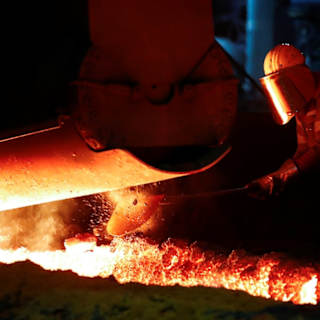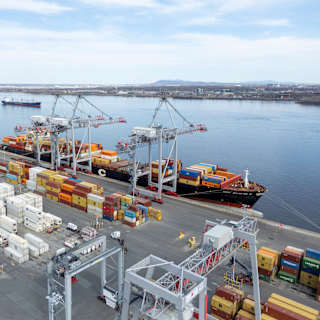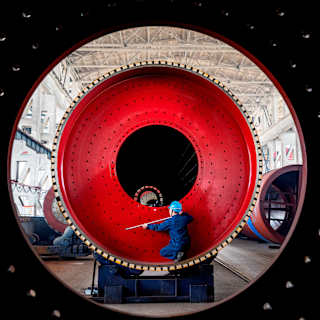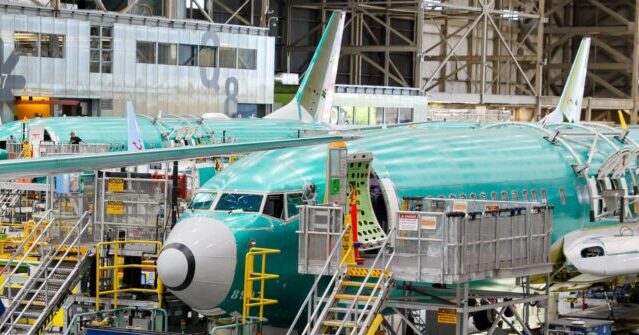- Aircraft Orders Fuel Recovery
- Recovering from Tariff Uncertainty
- Broader Manufacturing Gains
New orders for manufactured durable goods surged 16.4% in May to $343.6 billion, the U.S. Census Bureau reported Thursday, far exceeding economists' expectations and signaling a rebound in manufacturing after a sharp April decline.
The jump, driven primarily by a surge in aircraft orders, more than offset April's 6.6% drop and marked the strongest monthly gain since July 2020. Economists polled by The Wall Street Journal had expected a much smaller 7.5% increase.
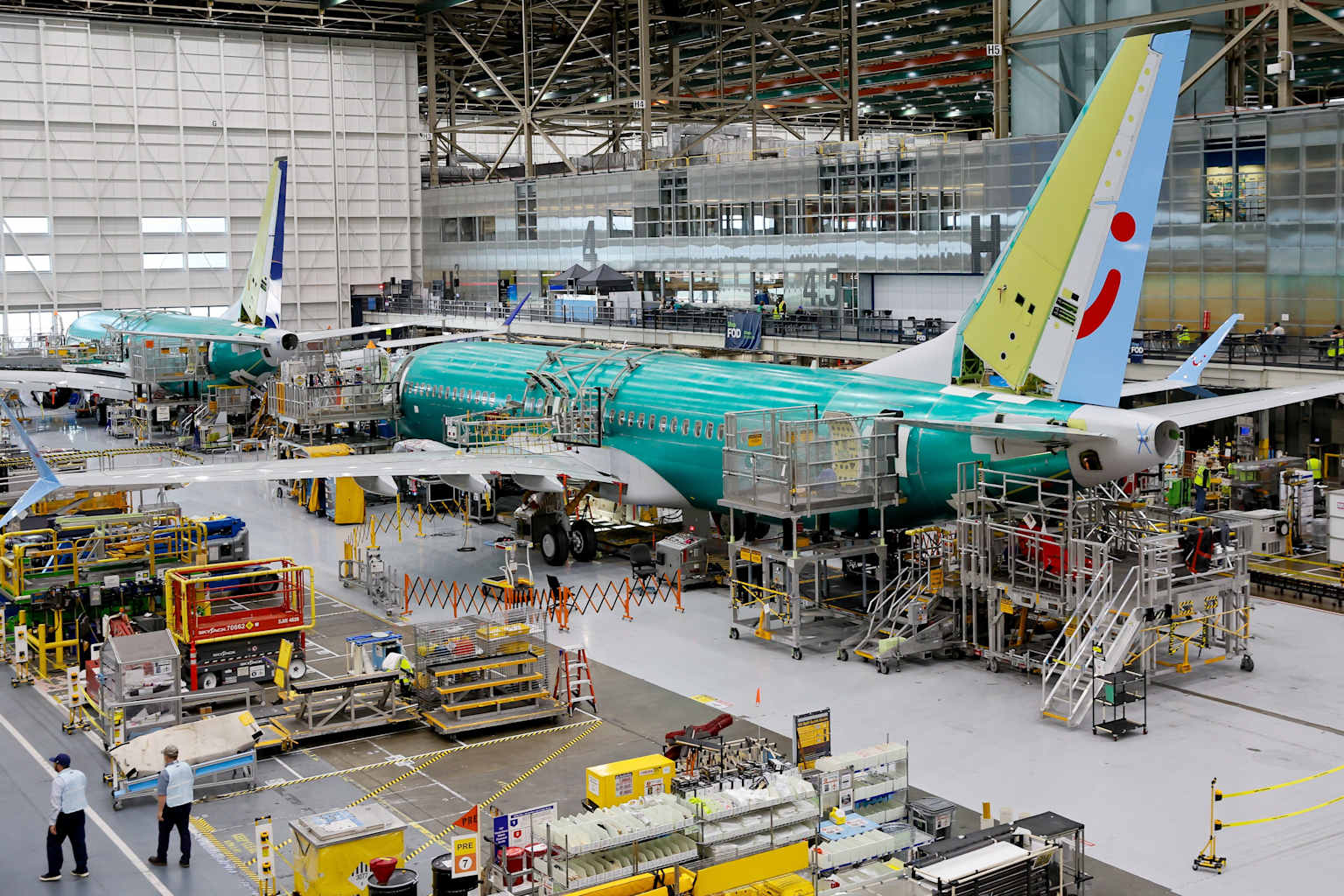
Transportation equipment led the surge, with new orders soaring 48.3% as nondefense aircraft and parts orders more than doubled12. Boeing and other aircraft manufacturers appeared to benefit from pent-up demand after the April downturn, when orders collapsed amid tariff uncertainty34.
Even excluding the volatile transportation sector, orders rose 0.5% in May, exceeding forecasts for a 0.1% decline and suggesting broad-based strength across manufacturing industries4. A key gauge of business investment—nondefense capital goods excluding aircraft—climbed 1.7%, the strongest showing since December4.
The May rebound follows a turbulent spring for manufacturers. April's 6.6% decline came after President Trump announced sweeping global tariffs, prompting companies to pause purchasing decisions12. The administration imposed 10% tariffs on European Union imports and 25% tariffs on Mexican and Canadian goods, while China faces cumulative tariff hikes of 125%3.
"Manufacturers rushed to lock in purchases ahead of President Trump's 'Liberation Day' tariffs... only to pause in April as the administration delayed the deadline," according to a Rio Times analysis of the April data2.
Beyond aircraft, several sectors showed growth in May. Computer and electronic products orders rose 1.5%, while electrical equipment and appliances climbed 0.8%1. Motor vehicle orders increased 0.6%, and fabricated metal products gained 0.7%1.
The durable goods report provides the first glimpse of manufacturing activity since the tariff implementation began reshaping trade flows. While transportation swings often distort monthly headlines, the underlying 0.5% gain excluding transportation suggests manufacturers are adapting to the new trade environment1.
Durable goods orders serve as a leading economic indicator, as companies typically increase purchases of long-lasting equipment when they expect future growth2.
